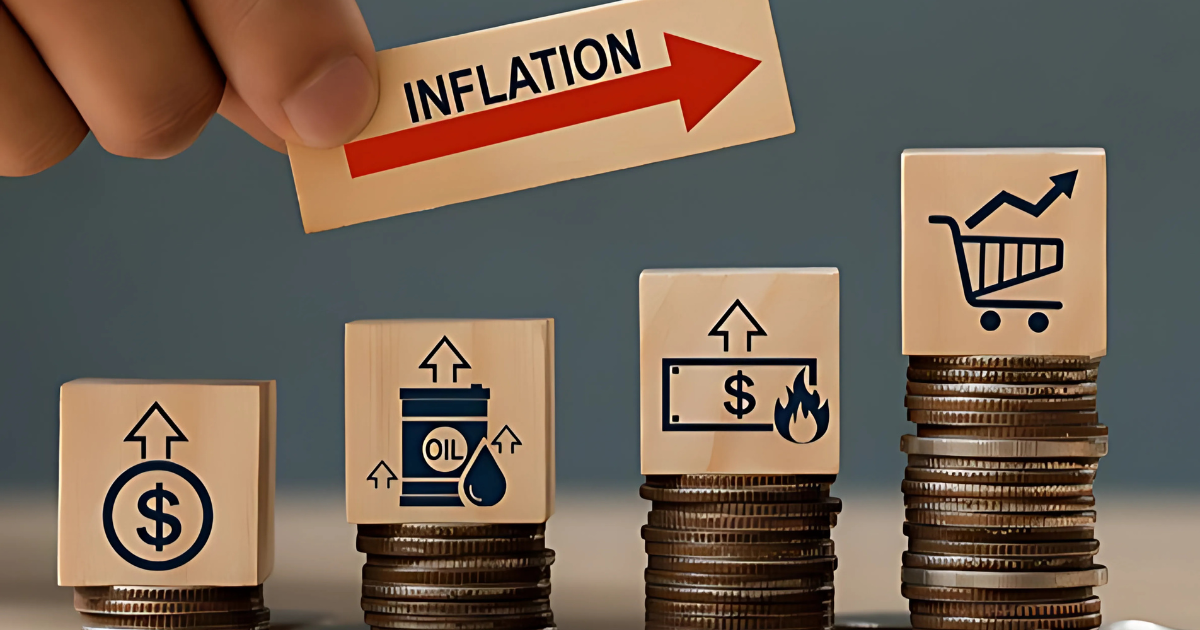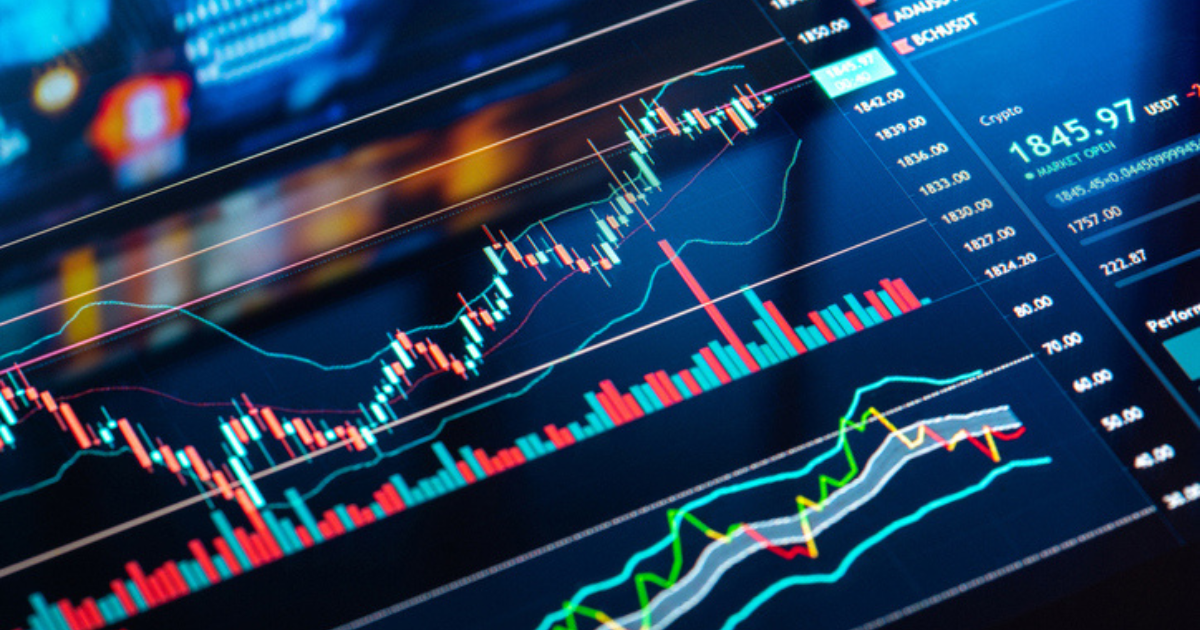Cryptocurrency markets do not operate in isolation. Their returns depend on macroeconomic indicators and overall economic conditions, as well as investor sentiment. Macro uncertainty is a critical factor that crypto investors must understand in the current financial climate.
These indicators guide investors in assessing the health of an economy and shaping their investment decisions. Volatility often reflects heightened uncertainty, prompting investors to adjust their risk tolerance and rebalance their portfolios.
Key-Takeaways:
- A significant portion of the cryptocurrency market is influenced by inflation
- with Bitcoin often viewed as a potential hedge during periods of high inflation.
- Interest rate decisions significantly impact cryptocurrency prices, and, as a general rule, lower rates promote more favorable conditions for cryptocurrency investments.
- Investor risk appetite is often influenced by economic growth trends, which can lead to increased allocation toward cryptocurrencies during periods of rapid GDP expansion.
- The correlation between the traditional stock market performance and the cryptocurrency movements is especially evident during major economic events.
Understanding Macro Uncertainty
 Macro uncertainty is the unpredictability of the economy’s key factors influencing global markets. They include inflation rate, growth rate of GDP, decision on interest rate, and stock market performance. Unexpected shifts in these indicators can trigger ripple effects throughout all the financial markets, including cryptocurrency.
Macro uncertainty is the unpredictability of the economy’s key factors influencing global markets. They include inflation rate, growth rate of GDP, decision on interest rate, and stock market performance. Unexpected shifts in these indicators can trigger ripple effects throughout all the financial markets, including cryptocurrency.
Key Economic Indicators Affecting Crypto

-
Inflation and CPI
The Consumer Price Index (CPI) measures the rate at which the prices of consumer goods and services increase. If inflation rises, interest in Bitcoin and other cryptocurrencies as a hedge against inflation increases. Bitcoin gained a lot during the 2021 surge in inflation, which backs up this story.
However, the relationship isn’t straightforward. However, Bitcoin experienced significant volatility when the inflation peaked at 9.1% in June 2022 and subsequently declined after the Federal Reserve hiked its interest rates aggressively.
-
Economic Growth (GDP)
Gross Domestic Product measures the total economic output and activity within a nation. Strong GDP growth usually raises investor confidence and appetite for risk. During periods of strong economic growth, investors may allocate more capital to higher-risk assets such as cryptocurrencies.
On the contrary, risk aversion tends to increase during instances of GDP declines. Initially, Bitcoin went down when the historic 32.9% GDP contraction in Q2 2020 caused Bitcoin to dip but as investors ran to alternative assets Bitcoin rebounded strongly.
-
Interest Rates
Crypto markets are strongly influenced by interest rates via their influence on borrowing cost, liquidity, and investor sentiment. Lower rates make the terms more attractive for riskier assets, so investors move into riskier assets to get higher yield elsewhere. Cryptocurrencies may become more attractive when traditional savings accounts offer minimal returns.
It was while the Fed had cut its rate to near zero in March 2020 that the move towards a strong rally both in crypto and in the traditional market began. On the flipside of this too, crypto prices were under immense pressure during the aggressive rate hiking on the part of central banks from 2022 to 2023.
-
Stock Market Performance
There has been an increasing correlation between traditional market indices and cryptocurrencies. In earlier days, crypto had more independence than traditional markets. In recent years, major economic events have begun to affect both markets in similar ways.
Crypto prices correlate more with technology stocks, especially those on Nasdaq, due to the significant technological component in many cryptocurrency projects. Generally, when the stock market is bullish, it also brings a higher risk appetite, which can benefit cryptocurrencies in case more capital is injected into the sector.
How Crypto Investors Can Navigate Macro Uncertainty
 Successful crypto investors closely monitor economic indicators as well as crypto-related factors. For example, they look for upcoming releases of economic data that can affect market sentiment as well as the decisions of the central bank.
Successful crypto investors closely monitor economic indicators as well as crypto-related factors. For example, they look for upcoming releases of economic data that can affect market sentiment as well as the decisions of the central bank.
During periods of high macro uncertainty, diversification still is important. Risk is managed by diversifying investments across different cryptocurrencies and traditional assets.
Long-term investors typically focus on the fundamentals of some cryptocurrency projects rather than on the short-term market reactions in response to the economic data. They understand that while macro factors are a major influence on the cryptocurrency price, the technological advances as well as the adoption rates are equally important.
Conclusion: Macro Uncertainty within the Crypto Landscape
As institutional adoption grows, macro uncertainty is likely to continue playing a significant role in the market. Given the constant fluctuation of economic indicators, the relationship between macroeconomic trends and cryptocurrency pricing remains dynamic and ongoing. Investors can better understand how the cryptocurrency markets are influenced by inflation, GDP, interest rates, and stock market performance, especially in times of uncertainty.










